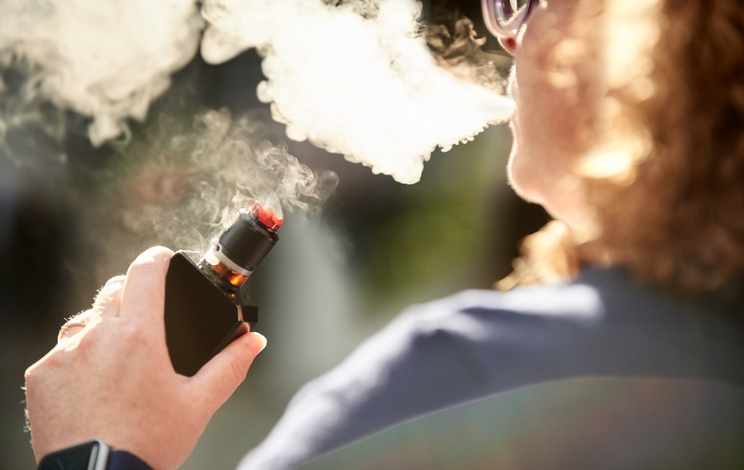
November 20, 2022

The Association of Directors of Public Health North East (ADPHNE), the North East regional arm of the representative body for directors of public health in the UK, has backed vaping as an ‘affordable and accessible alternative for smokers who want to quit.
Issuing a position statement, following the publication of the recent government-commissioned study into vaping, the organisation noted that the evidence is clear that, for smokers, vaping is a far less risky option and, in the short and medium term, vaping poses a small fraction of the risks of smoking.
The independent study by King’s College London, Nicotine vaping in England 2022: An evidence update, found that the use of vaping products, rather than smoking, leads to a substantial reduction in exposure to toxicants that promote cancer, lung disease and cardiovascular disease.
“Tobacco remains the single biggest cause of preventable illness and death with approximately 5,000 people in the North East dying each year from smoking,” the statement said.
“We must ensure that vaping is an affordable and accessible alternative for smokers who want to reduce their risk of dying from a smoking-related disease.”
This week, the latest Cochrane review has found the strongest evidence yet that e-cigarettes help people to quit smoking better than traditional nicotine replacement therapies, such as patches and chewing gums.
ADPHNE also highlighted the recommendation by Dr Javed Khan to promote vaping as an effective tool to help people to quit smoking tobacco, saying that it outlines the role that vaping can play in an effective tobacco control strategy.
The statement also notes that vaping offers a less harmful alternative for non-smokers in the households where tobacco smoking occurs.
“Exposure to secondhand tobacco smoke is dangerous. Compared with cigarettes, vaping products produce no or little side-stream emissions. The evidence update found that there is no significant increase of toxicant biomarkers after short-term secondhand exposure to vaping among people who do not smoke or vape,” it said.
At the same time, the organisation noted the vaping must be presented as an alternative to or replacement for smoking, not an activity which is appealing to the wider non-smoking population.
“Vaping is not for children and whilst it can help people quit smoking, those who don’t smoke should not vape. We need to reduce the number of young people accessing vape products and the amount of non-compliant products available for sale,” the statement said.
“We need to work closely with our Trading Standards colleagues to support compliance with regulations and to take enforcement action when necessary. We also need to continue to advocate for tighter e-cigarette regulations where needed, ensuring the right balance is taken around protecting young people and supporting smokers to quit.”
Tackling the issue of misperceptions about the harm reduction potential of vaping, ADPHNE has lent its support for the delivery of evidence based communications among stakeholders and the public to widen understanding and to ensure smokers understand that switching to vaping is a significantly less harmful option than continuing to smoke.